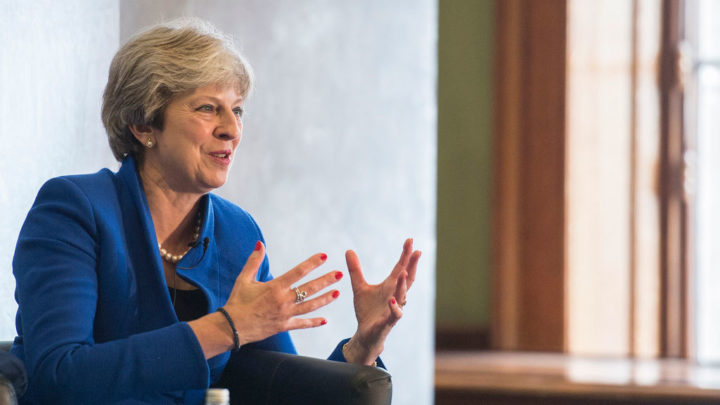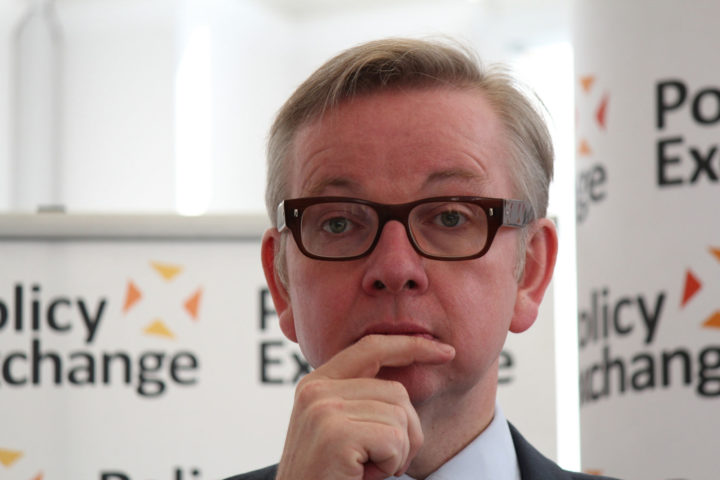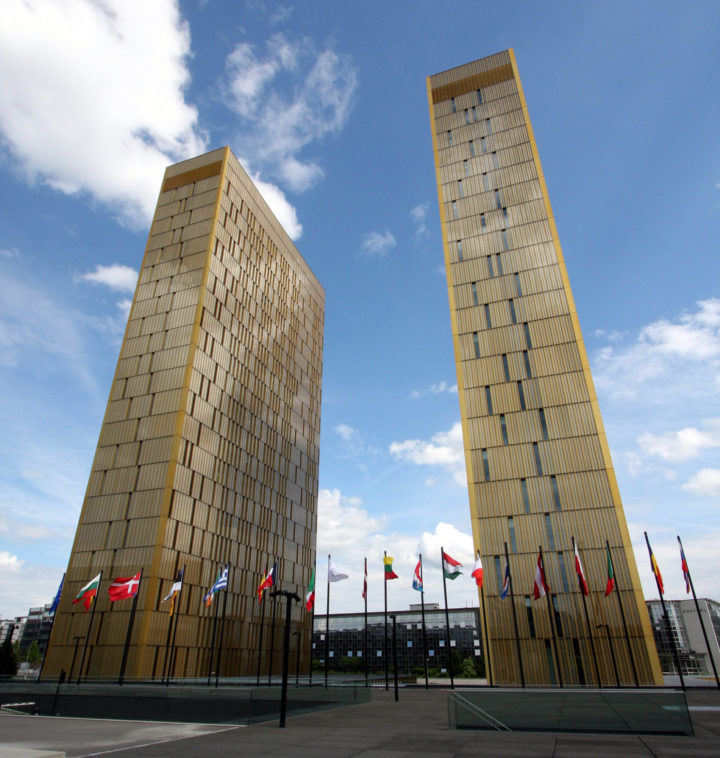What now - continuity, or chaos?
New minority Government faces five key challenges on climate and energy
By George Smeeton
Share
Last updated:
Last Thursday’s election cost Theresa May her parliamentary majority and her closest advisers. But with little appetite for another election and the Article 50 clock ticking down, the business of government must go on. What are the implications of the formation of a new Conservative minority government for energy and climate policy?
Despite the left-field appointment of Michael Gove as Environment Secretary - who was quick to highlight his support for the Paris climate change agreement - on climate change, it seems that the new Government will aim to continue down the same path as the previous administration. In particular, the reappointment of Greg Clark to lead the Department for Business, Energy and Industrial Strategy (BEIS) suggests continuity on both clean growth and the industrial strategy.

However, there’s no such clarity on whether the energy price cap, supported by newly-departed advisor Nick Timothy, will survive. Finally, as the Article 50 clock ticks down, the political challenges of Brexit will loom larger and larger, and the energy issues it affects.
Action on climate change and the clean energy transition is extremely popular, particularly amongst younger voters. As the new Conservative Government comes to terms with its own trilemma – the need to enact Brexit, refresh its electoral offer, and deliver strong and stable Government without triggering another election - here’s our analysis of what this election means for five key areas of energy and climate policy.
Climate change
The Conservative manifesto was clear on the party’s commitment to the Climate Change Act, and offered repeated statements of support for the Paris Agreement. Greg Clark’s reappointment as Secretary of State at BEIS and the departure of Nick Timothy, who famously described the Climate Change Act as a “monstrous act of self-harm”, strengthens these assurances.

Michael Gove’s return to Government as Secretary of State at DEFRA has raised eyebrows and concerns for European environmental standards.
However, despite having called for the scrapping of the Habitats Directive, Gove is also a self-described “shy green” and a lover of the natural environment, who seems unlikely to shift Government policy in a Trumpian direction. His influence on climate change policy is in any case limited; Defra is responsible for preparing the nation for climate impacts - largely focussed on flood protection, an area in which successive Environment Secretaries of both major parties have struggled - but responsibility for curbing emissions remains centred on Mr Clark at BEIS.
Questions remain over how much political capital a minority administration focussed on Brexit will be willing to spend on other areas of policy; but with cross party support for climate change action it’s highly unlikely the Government will struggle to pass its Clean Growth Plan - something that has been extensively delayed, but which it is obliged to produce under the Climate Change Act.
Industrial Strategy
The centre-piece of Theresa May’s economic plan was the interventionist “Industrial Strategy”, another episode in a long running series of attempts to “rebalance” the British economy. Considered the brain-child of Timothy, since the election it has come under fire from right-wing think tanks as lacking definition and being insufficiently Thatcherite.
However, Greg Clark is supportive and is known to be an enthusiast for the low carbon elements, particularly EV (electric vehicle) manufacturing. With the Government in need of a plan for post-Brexit prosperity, and a Prime Minister searching for a legacy, don’t count on the Industrial Strategy being ditched.
Energy bills
Central to the Government’s efforts to position itself on the side of hard-pressed JAMs was the energy price cap and the associated manifesto commitment to a review on the cost of energy.
As the clearest policy realisation of Timothy’s interventionist philosophy, it remains to be seen whether the cap will survive his departure, and it seems likely that there will be more vocal opposition from Conservative MPs who blame electoral failure on exactly this sort of “re-heated Milibandism”. Yet as Conservative policy-makers wrestle with how best to appeal to less well-off voters, and given the policy’s prominent champions on the backbenches, it’s too early say that the price cap looks set to be ditched along with its author. Ditto the review, whose terms of reference and chair will be key.
Brexit and the Internal Energy Market
While the manifestos of both major parties committed the UK to single market exit, the House of Commons now has a majority opposed to “hard Brexit”. Scottish Conservatives, under Ruth Davidson’s steer, could act as a caucus pushing for a closer relationship with Europe, while cabinet soft-Brexiteers, including the Chancellor, have remained in place.

An unavoidable question for the energy sector surrounds the UK’s future involvement in the Internal Energy Market (IEM), the increasingly integrated system linking electricity and gas markets across the continent. Involvement in the IEM is seen by many as beneficial for the "trilemma" - keeping energy costs down, ensuring security of supply and continuing to cut carbon emissions.
Despite gaining almost unanimous support from industry, arbitration by the European Court of Justice (ECJ) put continued participation at odds with Mrs May’s vision for a post-Brexit Britain. The new makeup of the House of Commons could put IEM membership back on the table. If full participation is not feasible, expect many experts to be lobbying for as close a linkage as possible.
Also falling under ECJ control would be the UK’s continued participation in the EU emissions trading scheme, the pan-Europe cap-and-trade system that forms the backbone of the UK’s carbon budgets - both current and future. Extrication from the ETS would require readjustment of the UK’s decarbonisation plans, passing a new system against not–inconsiderable industry opposition and the mammoth task of reassigning millions of allowances across the EU to ensure that permit prices do not fall even lower due to a UK–sized surplus.
Ireland
Involvement in the IEM is also seen as vital for the survival of the Irish Single Electricity Market, which is integrated across border – allowing power to flow freely in both directions, benefitting consumers and businesses in North and South alike. It is hard to envisage this setup continuing without ECJ oversight; yet, scrapping it would risk worsening security of supply and raising bills in both countries. Sup-optimal for a Prime Minister looking to calm an increasingly divided Stormont.
Even before the Democratic Unionists emerged as the new government's prop, the EU had Irish concerns as one of its top three priorities for Brexit negotiations. Now, they'll loom even larger.
Share